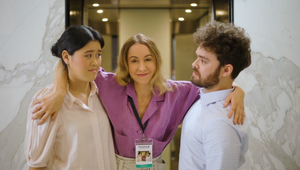
My Creative Hero: Larry Sultan

Daniel Lorenze is a trailblazer both within Just Global and within the industry at large. He joined integrated marketing services agency, JUST, in late 2018 to launch the agency’s creative department, bringing with him over 15 years’ experience developing imaginative and effective brand marketing. Here, Daniel talks about his creative hero, Larry Sultan, who has provided inspiration for the work Daniel's done over the years.
Q > Who would you say is your creative hero?
Daniel Lorenze > As a creative, I have numerous influences and sources of inspiration. However, the late Larry Sultan, American photographer, holds a special place in my heart, both as a friend and mentor during our fruitful time together, but also as someone who has influenced my creative path in profound ways.
Q > How long has this person been important to you and what are your first memories of meeting them or coming across their work?
Daniel > When I was 15, my family uprooted from Seattle and moved to Los Angeles. The camera had always been a hobby, but in light of this upheaval, it took on a central role as I looked to find meaning and understanding in my new surroundings. Growing up in the Pacific Northwest, I felt like a fish out of water in the desert - photography and the arts became a great escape. I wanted to learn all I could, and particularly loved digging through photo books. I fell in love with the likes of photo-based artists such as Nan Golden, Cindy Sherman, Annie Leibowitz, and Sandy Skoglund, which is when I came across a body of work called 'Evidence' by Larry Sultan and Mike Mandel.
In the editorial notes, the content of the book is described as “selected photographs from a multitude of images that previously existed solely within the boundaries of the industrial, scientific, governmental and other institutional sources from which they were mined.” Presented out of their original context, the images are strange, surreal, hilarious, and provocative.
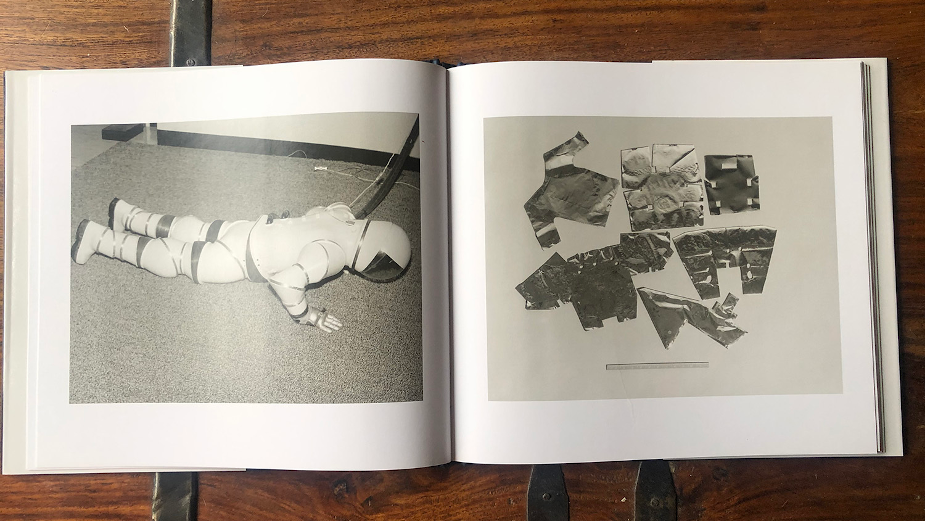
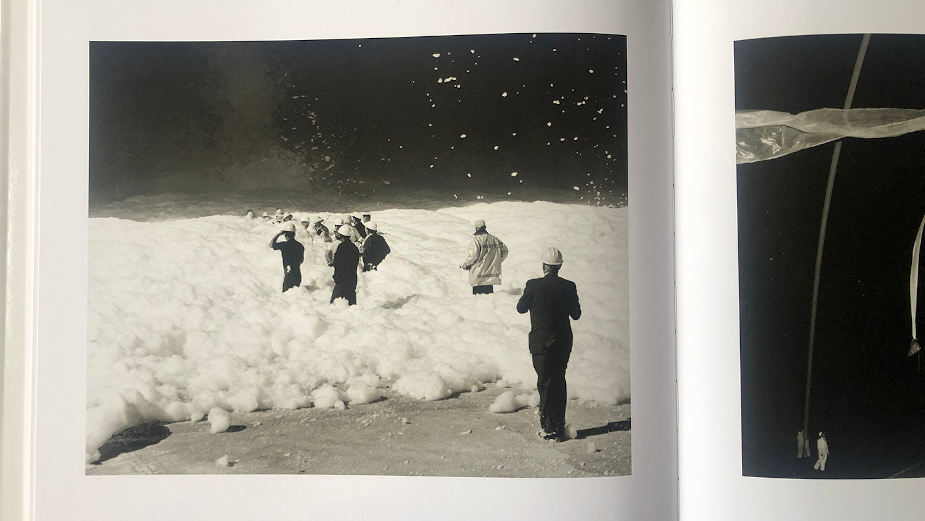
- Evidence: Larry Sultan
This body of work opened my eyes to what a photographic process as an artist could really encompass, and something really interesting happened. With curation and reframing the images outside of their original context, something intriguing occurred to me – this notion of the viewer as someone who completes the artwork with their own personal stories and experiences.
This was the first time that connection became clear to me - where photography wasn’t simply a tool to capture a realist perspective, or a foil to construct your own realities. This realisation had a lasting impact on me as a creative and broadened my scope of what it meant to be an artist using photography as a medium. It highlighted the role of concept, and not simply the instrumental aspect of camera as a tool.
I knew LA would never be a permanent home for me and set my sights on the San Francisco Bay Area, where I wanted to continue exploring photography and the arts. My mom was always a huge advocate for me pursuing a creative path, and as a California native, had aspired herself to study at California College of Arts and Crafts in Oakland. It was a dream I was lucky enough to realise myself in 2002, when I was accepted into their photography program — especially because I knew Larry Sultan was one of their distinguished professors of art, which meant the potential to study with him directly.
Q > If it’s someone you personally know, how did you get to know them and how has your relationship evolved over the years? If you don’t know this person, how did you go about finding to learn more about them and their work?
Daniel > As luck would have it, I had the great pleasure of studying with Larry Sultan while working on my Bachelor of Fine Arts at CCAC. Larry was leading workshop-style courses to support students in their BFA thesis development, and I worked closely with him to develop and hone the conceptual underpinnings of my project over the course of several years. Larry was an incredible and thoughtful teacher, and always challenged me to think in new ways, and expand my scope of vision. He unfortunately passed away from cancer in 2009, and the world is poorer for it. His 'detonating' (a phase he often used) impact on my life, practice and career linger to this day, and so in some ways this piece is an homage to artistic gifts he generously shared.
Q > Why is the person such an inspiration to you?
Daniel > Larry had such a keen mind for the idea of a picture, and one of the original aspects that sparked to me when I encountered 'Evidence' was the conceptual rigour that went into great picture-making. That, and great narrative storytelling. But even when it came to storytelling in artmaking, he encouraged ambiguity, of not having an idea so fully formed to allow for discovery along the way. That notion of letting the meaning develop and evolve over time resonated powerfully with me - that a piece could live between worlds, so that it continues to work on you, and surprise you.
Along these lines, Larry would encourage us to put up art at home to catch ourselves off guard - to stage it just around a corner, or at the end of the hall, and in this way allow for that surprise encounter with the art, or to experience it in more of a liminal mindset. I still love this approach, and it’s something I actively incorporate into my practice: great work is a discovery, and once complete it continues to work on you. This leads to more interesting work as a maker, and as a viewer.
But Larry was also deeply empathetic as a core principle - with the subject, the viewer, and of course his students. It’s a discourse which I think is more important now than ever. All of this is to say that working with him, and embracing his philosophical, empathetic approach as a maker really broadened my scope in ways that continue to influence my work to this day.
When I had the pleasure to study with Larry, I was working on a portrait series called 'Written on the body'. It was a project that examined all of my closest relationships through the lens of projection - what am I as a viewer, friend, sibling, child, lover, etc., putting onto the other person? The project mapped out this combination of thoughts, fears, expectations, and desires onto the bodies of my subjects. I would write for weeks gathering thoughts, feelings, and expectations - all the weight that makes up a relationship - and then I would paint it onto my subject’s body and photograph them with consideration how best to embody the nature of our relationship. The heart of this work was about navigating questions of vulnerability, truth, and honesty. It was a work that took some digging over the months to land at its conceptual centre, and Larry played a big role in helping me navigate some of these questions thoughtfully.
He gave me probably the best homework assignment I’d ever received. His recommendation was to read 'Story of the Eye' by Georges Bataille, a French philosopher whose work intersects art, anthropology, literature, and philosophy. It’s a story of depraved teenage lovers from the 1920s, with its reflections of ecstasy, transgression and death, and the kind of blind liberation and youth enjoyed by the characters.
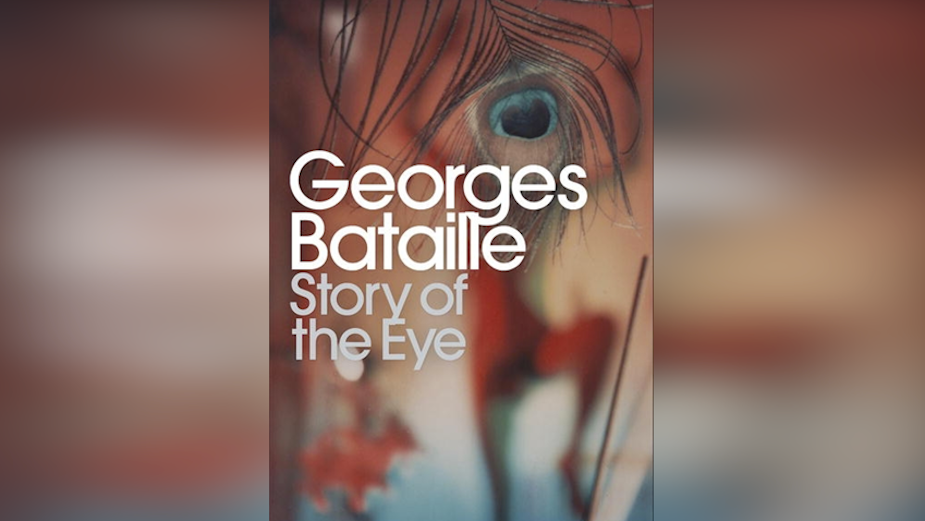
If you haven’t read the book, it’s kind of an infamous piece…and gets into some heavy subject matter that explored many of Bataille’s core themes - the centrality of the image, the sensuous, and death. At first, I have to admit I was somewhat caught off guard - a more traditional approach, for instance, would be to go take 10,000 photographs and find the best one. This would have been the more executional path. Larry instead provided another direction - as writing, narrative, and the senses were so key to my work, he suggested to hone and reinforce the concept through examining the work of other thinkers in the space. He encouraged me to examine how the narrative is structured, the sensuousness of the writing, how the characters inhabit each other, and where the slippages of their perceptions and norms live — to take inspiration from the madness of the text, but also the expectations projected on to the other. I loved it.
Not only was this a valuable framework for considering the relationship to my own work, but really underscored something I found so compelling about his process, which is that inspiration and answers are often found outside of your own discipline, especially when you’ve hit a wall.
Q > How does this person influence you in your approach to your creative work?
Daniel > Larry (along with CCAC) really impressed upon me that ‘concept’ is paramount. Craft is expected to be impeccable but falls apart without the strength of a good idea. This is the barometer I bring to every project that crosses my desk.
When I graduated from CCAC, I had built up a photography practice working with local Bay Area companies to express their digital identities. It was a cold reality check when overnight I lost all that business in the 2008 economic downturn and great recession. With free time on my hands for the first time in years, I decided to return to the fine arts, and created a new body of work that turned traditional apocalyptic narratives on their heads. My research into the entomological and semiotics of the word ‘apocalypse’ revealed that it was less about the ‘end of the world’ narratives, and instead was a ‘revelation’ or new way of thinking.
I started showing in local Bay Area galleries, and a chance conversation during one of those shows with the ECD of Havas San Francisco opened a door to meet their creative team to chat about my creative work and process. What I thought was going to be a coffee and discussion about art turned into a stealth interview. I ended up staying with Havas for nine years, making the fascinating pivot from fine artist to creative director - and having the opportunity to work on a never-ending rush of new digital projects. Advertising is such an exciting space to inhabit as a creative, and the fine arts background provides an important perspective to bring to the table.
So how does this apply to my current creative work? The lesson Larry imparted to me in his assignment in the 'Story of the Eye' was to seek inspiration everywhere. Be well researched but know that good ideas can come from anywhere. This is something I’ve taken with me throughout my career, and now leading the creative team here at Just Global, it is foundationally baked into our process. We have a team of digital natives who all look to raise the bar with each other, but also seek to be surprised and delighted by each other’s work.
The inception of Just Global’s creative practice started with a belief that when you combine smart media, data and creative thinking, you create more impactful and meaningful stories for your audience.
Q > What piece or pieces of this person’s work do you keep coming back to and why?
Daniel > The body of work I keep coming back to is called 'Pictures from home'. It’s a work of narrative photography - in which Larry returned to his family home over the course of a decade between the 80’s and 90’s — that explores fragments of conversations, original photography and film stills from home movies set with his own writings. His rumination and exploration of his family home is iconic, and archetypal. He brings a critical but loving lens to his own family. There is such a fantastic pictorial archaeology that highlights so much of the strange and delightful artifacts of his family home in the San Fernando valley. The written text is deeply vulnerable, smart, and brutally honest. It’s a beautiful piece of narrative photography that’s difficult to pin down to any one thing and assembles together like a narrative collage - much like the liminal space he would always speak to.


- Pictures from home: Larry Sultan
It reminds me in many ways of why I first picked up a camera - as a way to make meaning of your surroundings. It sticks with me because on deeper reflection, it echoed many of the core values that went into forming my work at CCAC - vulnerability, authenticity, honesty, and empathy. Coming back to this work now was particularly powerful to consider at this time, during our global pandemic. The idea of ‘home’ takes on such an outsized role.
Many of us are now facing a reckoning with our relationship to home - stuck with or kept away from our families. The lines between the personal and professional have blurred almost to nonexistence.
I’ll leave you with this quote from Larry as he describes this work, which is especially resonant: “What drives me to continue this work is difficult to name. It has more to do with love than with sociology, with being a subject in the drama rather than a witness. And in the odd and jumbled process of working everything shifts; the boundaries blur, my distance slips, the arrogance and illusion of immunity falters. I wake up in the middle of the night, stunned and anguished. These are my parents. From that simple fact, everything follows. I realise that beyond the rolls of film and the few good pictures, the demands of my project and my confusion about its meaning, is the wish to take photography literally. To stop time. I want my parents to live forever.”










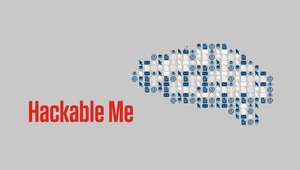
.jpg)
